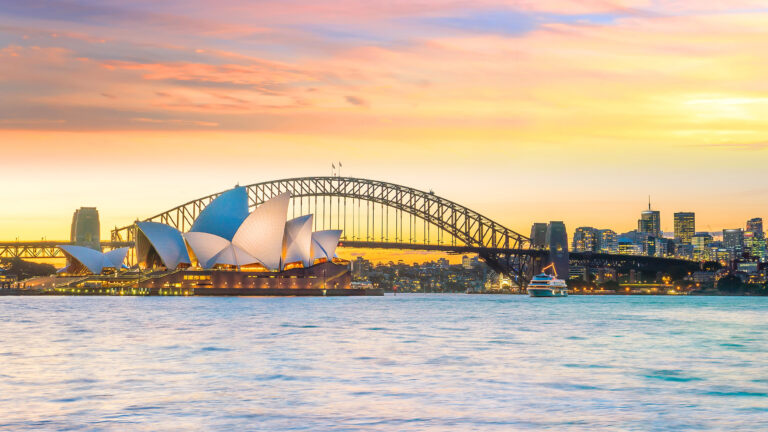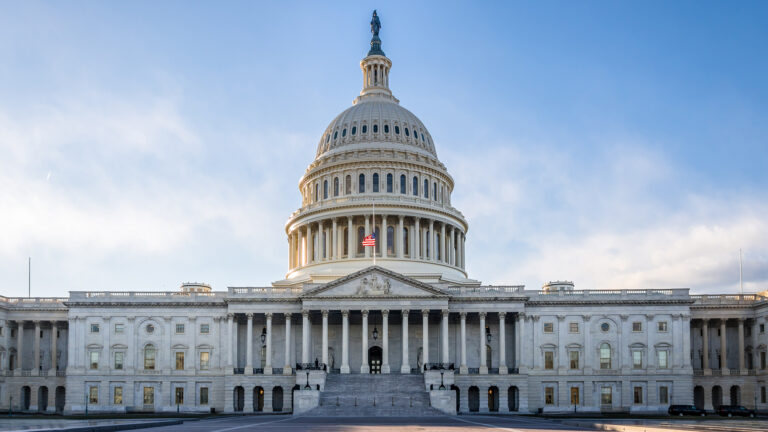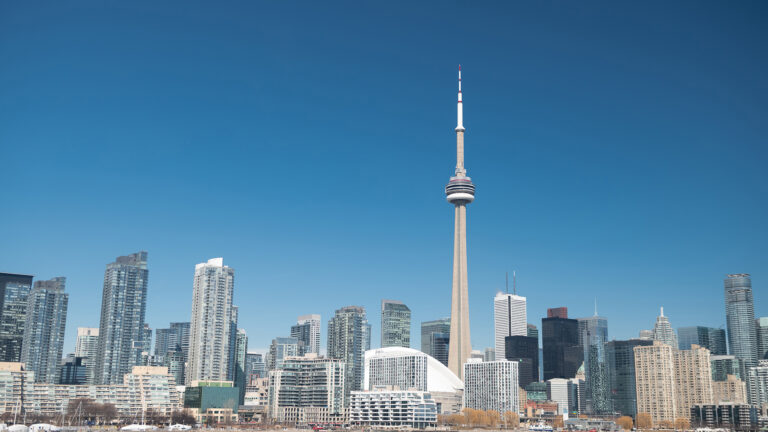By Nick Hedley
Thanks partly to COVID-19 stimulus measures, Australia’s
superannuation funds saw a 9.7% increase in their total asset holdings in the
12 months to end-March, despite a slight dip in the final quarter.
The industry held assets worth A$3.4 trillion (US$2.4
trillion) as of March 31, according to a new statistical report from the Australian
Prudential Regulation Authority (APRA).
This reflected strong investment gains – tempered by a
sell-off that started in January and was exacerbated by Russia’s invasion of
Ukraine – as well as above-average client contributions.
Contributions rose 16.9% to A$141.6 billion, driven
mainly by a 61.7% surge in personal contributions.
“The government’s large fiscal stimulus in response to
the onset of the COVID-19 pandemic boosted household savings along with a
stronger engagement with financial advice,” APRA said.
However, member contribution levels are reverting to
longer-term trends as market volatility stokes uncertainty.
Meanwhile, APRA’s data shows that superannuation funds
increased their allocations to risk assets in the 12 months to the end of
March.
Equities accounted for 56% of superannuation assets at
the end of March, from 54% a year before, with greater emphasis on domestic
stocks.
Allocations towards property and infrastructure edged
slightly higher, to 9% and 7%, respectively.
On the other hand, the proportion of investments in
cash decreased from 10% to 9%, while Australian fixed income reduced from 11%
to 10% of holdings. Hedge fund and commodities positions were also trimmed.
Unsurprisingly, the market downturn has weighed on
returns.
APRA said the industry’s rate of return was -2.4% in
the three months to end-March – marking the first negative quarterly return in
two years.
As a result, the five-year average annualized rate of
return fell to 6.8%, from 7.9% in December.
“Rising inflation concerns prompted expectations for
higher interest rates, which weighed on markets,” APRA said. “The Ukraine
crisis and the subsequent sanctions against Russia placed upward pressure on
energy and commodity prices, driving up costs in the supply of goods and
services. The supply-side pressures are exacerbated by supply chain bottlenecks
as China pursues a zero-COVID policy amid the emergence of the Omicron strain.”












